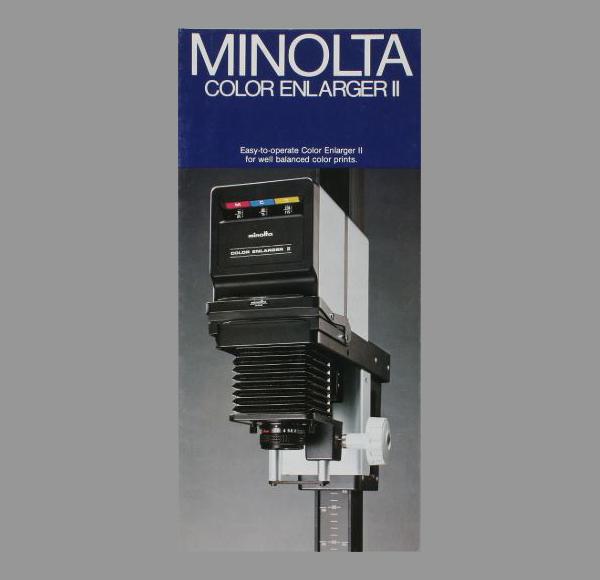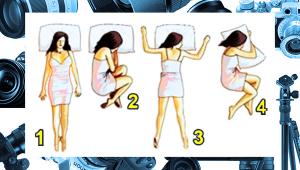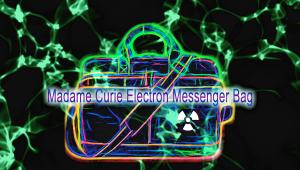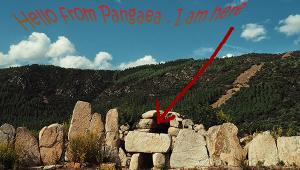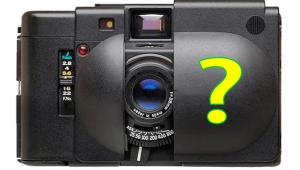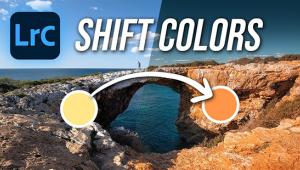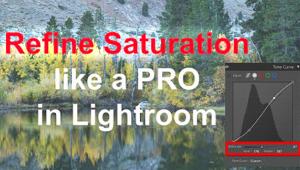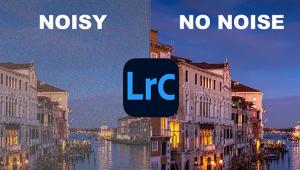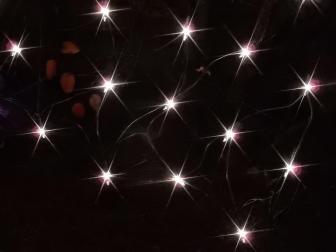I really miss those days when I used all the above and much more in my color darkroom. There was a sort of magic to it when I developed my first BW print and then the first color negative and positive prints.
Tough Photo Quiz for Hardcore Camera Nuts Only: Part 2 (Darkroom Edition)
Okay, so you aced the first quiz. Some of you even said it was easy. Cool! Let’s see how well you can do on the Darkroom Edition. Just like last week’s quiz, this is not a multiple guess test, so you gotta really know your stuff to get all of them right.
Hypo, Fixer
Stop Bath
Polycontrast
Brovira
Dichroic
Acetic Acid
Cibachrome
Dektol
Photo-Flo
Leedal
No using Google.
Answers:
Hypo, Fixer
Sodium thiosulfate is a chemical that is used to dissolve the unexposed silver bromide in photographic paper after it has been exposed in an enlarger. It is also used for the same purpose in black and white film development. The chemical is commonly known as “hypo sulfate” which is often shortened to “hypo.” This step in the paper development process fixes the image, so a sodium thiosulfate bath is sometimes called “fixer” or “hypo.”

These are the two words that surely appear in my dog’s mind when it’s time to dunk her in the tub. In the context of this quiz, however, Stop Bath is the chemical solution that arrests the action of film and paper developer. It smells like vinegar mainly because it is vinegar, more-or-less. See Acetic Acid. Kodak Indicator Stop Bath contains an agent that changes color when it’s exhausted. We could all use a little of that sometimes.
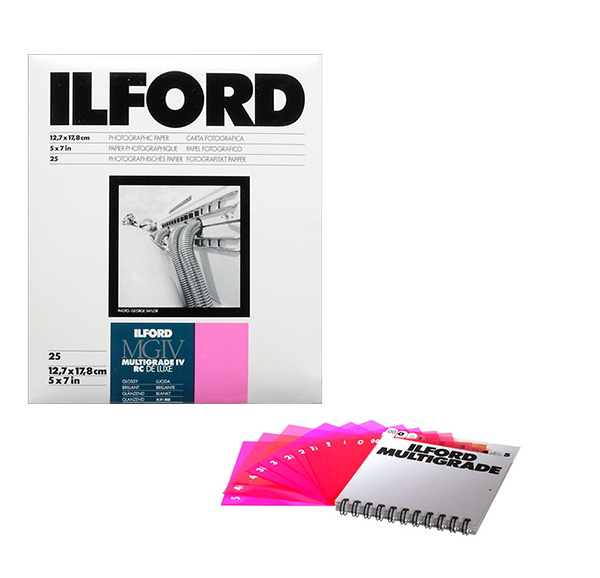 Polycontrast
Polycontrast
Back in the day, sensitized photographic paper was sold in different “grades” that corresponded to the contrast of the resultant photo. Nice system, except you might need three or four different contrast grades of the same type of paper to accommodate flat through normal negatives. As a more cost effective alternative, Kodak (and later others) offered sensitized paper that could render several different contrast profiles depending on the color of the light that exposed it. Used together, the contrast grade of Polycontrast Paper changed depending on which Polycontrast Filter was used during paper exposure. This ingenious product is sometimes called “multigrade” or “variable contrast.”
Brovira
Brand name of sensitized photographic paper manufactured by Agfa-Gevaert that was regarded by many photographers as the finest black-and-white paper ever.
Dichroic
Printing color negatives was often a slow and painful process because the color balance of the formed image was adjusted by adding or removing physical colored filters that were calibrated in small increments. Manufacturers of photographic enlargers like Omega, Bessler and Minolta offered enlargers that featured light sources that could be adjusted via a dichroic system that did not require individual physical filters.
Reading from the owner’s manual of a Simmon Omega Super Chromega-D dichroic color enlarger: “The lamphouse incorporates a highly accurate, continuously variable color filtration system. Filtration is by means of dichroics. They transmit the desired color components of a white light beam and reflect the rest…Color correction is dialed through a unique system of precision digital readouts. These offer filtration control and repeatability with much greater accuracy than systems heretofore available. Corrections as fine as .01 are quickly set and easily read on the illuminated and color coded indicators.”
Acetic Acid
Acetic acid is used in a highly diluted solution to arrest the action of film and paper developer. Not to be confused with Glacial Acetic Acid which is a solution of acetic acid that is less than 1% water (meaning that it’s around 99.5% acid) and can be dangerous to handle in this form. Vinegar is primarily water, usually testing at 4% to 8% acetic acid.
Cibachrome
An early color positive-to-positive printing process (i.e., slide to color print) that was easy to use and wildly popular. Ilford Cibachrome paper was exposed in an ordinary photographic enlarger and developed in a special tube-type tank that contained Ciba chemistry. The hallmarks of a Cibachrome print are the richly saturated colors and a bright, glossy surface. Gone for more than five years now but not forgotten, Cibachrome prints are attracting collectors.
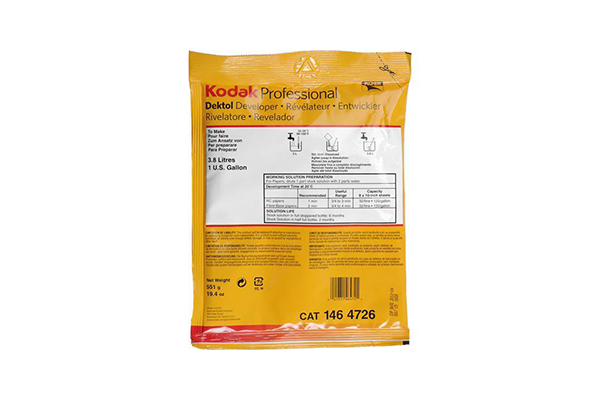 Dektol
Dektol
The de rigueur black-and-white paper developer from Kodak. I can safely say that virtually all darkroom enthusiasts have use Dektol at one time or another, but I am probably one of the few who also sometimes used it to develop Kodak Tri-X film (ASA 400) for special grainy, high contrast effects.
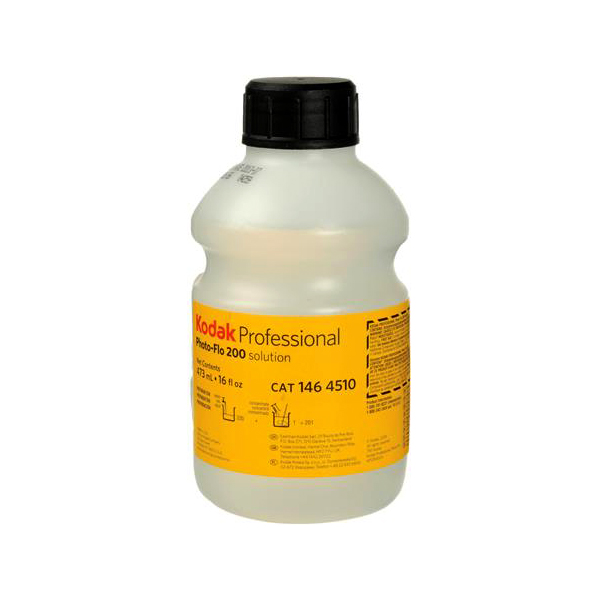 Photo-Flo
Photo-Flo
After film is developed, fixed and rinsed there is the potential for water drops to leave marks while drying. Kodak Photo-Flo 200 is a wetting agent that prevents water marks from forming and promotes faster drying.
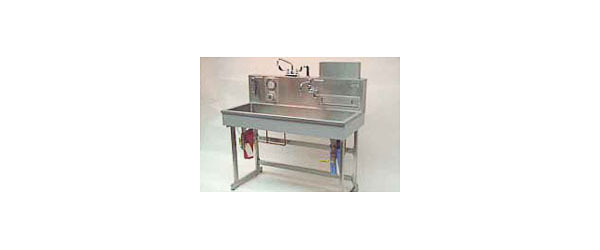
Leedal
Leedal was the brand of stainless steel sink every aspiring photographer dreamed of having in his or her darkroom. Seems silly as I look back on it now, but Leedal is and was the best and was the mark of success for many. Leedal also manufactures water filters, temperature controls, steam tables and various apparatus for the food service industry.
—Jon Sienkiewicz
- Log in or register to post comments
